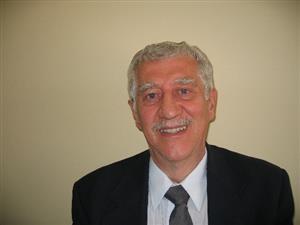The Air We Breathe: It Is Not What It Used To Be

The composition of the atmosphere is changing due to burning of fossil fuels, manufacturing and agricultural practices. These are warming the atmosphere and destroying the stratospheric ozone layer. NOAA monitors the composition of the atmosphere from 100s of locations around the Earth.
CO2, the most important greenhouse gas, was 419 ppm at Mauna Loa Observatory, Hawaii, in May 2021, a 100 ppm increase since 1955. Methane, the second most important greenhouse gas began increasing again in 2007. The likely causes are emissions from tropical wetlands and leaks from gas and oil fields.
Chlorofluorocarbons (CFCs) are the main gases that cause ozone destruction in the stratosphere and produce the “Antarctic Ozone Hole”. The production of CFCs is banned under the Montreal Protocol and CFCs have decreased greatly in the past 20 years. However, a recent CFC violation of the Montreal Protocol has been traced to illicit production in China.
Russ grew up in Castor, Alberta that he still considers his “home”. He attended universities in Alberta, Newfoundland, Hawaii, Wales and Wyoming and holds degrees in Biology, Chemistry, Climatology and Atmospheric Science.
He discovered biological ice nuclei, the most effective initiators of natural precipitation, while working in the Alberta Hail Project, Penhold, Alberta. These ice nuclei are now used in ski hill snowmaking. He established that Arctic Haze is air pollution from Eastern Europe. Russ has published 135 scientific article on ice nuclei, carbon dioxide, black carbon, ozone, global air pollution and the changing atmosphere.
Dr. Russell C. Schnell, Senior Scientist,
National Oceanic and Atmospheric Administration
Boulder, CO USA.
russell.c.schnell@noaa.gov
